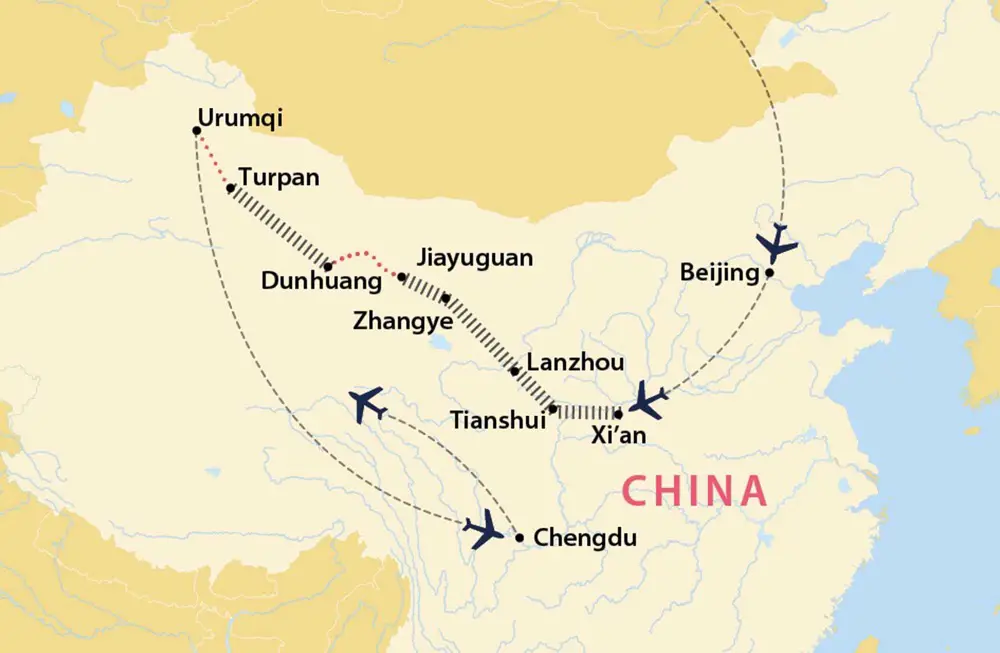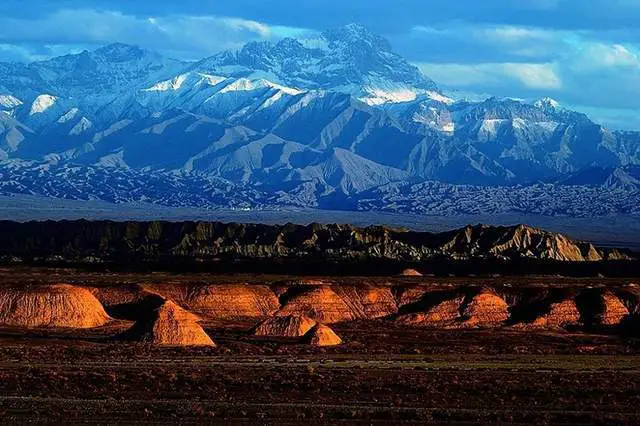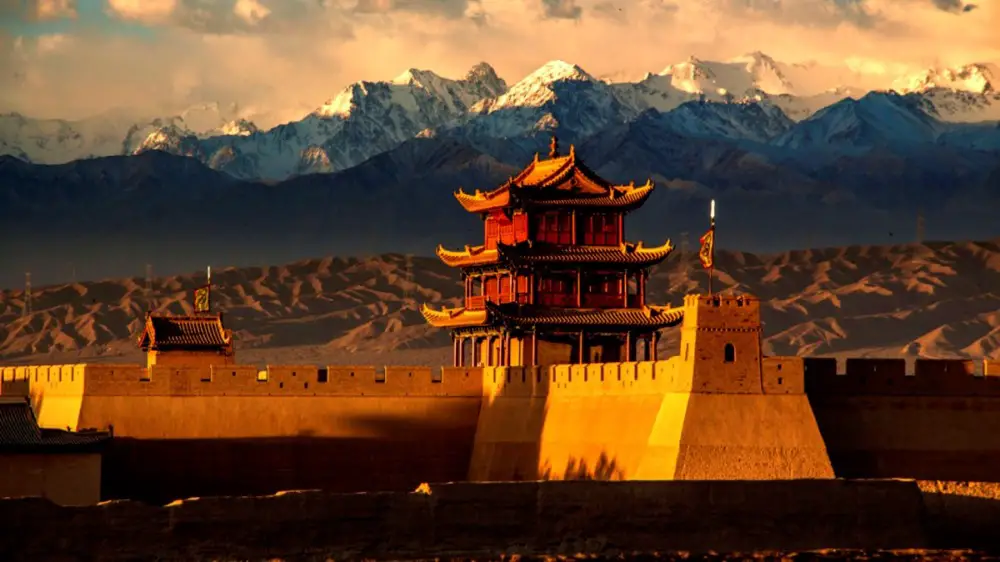The Hexi Corridor is a historical region located in modern-day Gansu Province, northwest China. It refers to a narrow strip of land that stretches from the city of Lanzhou to the Silk Road oasis of Dunhuang and served as a crucial link between ancient China and the Western Regions. This region was of great strategic importance, and throughout history, the Hexi Corridor has been the site of many battles.
Where is the hexi corridor

The Hexi Corridor is located in the northwestern part of China, stretching approximately 1,000 km from Lanzhou, the capital of Gansu Province, to the city of Dunhuang. It is located in a desert area and is bordered by the Gobi Desert to the north and the Tian Shan mountain range to the south. This region passes through the Hexi Valley, which provides the only navigable route through the otherwise inhospitable terrain.
Who pioneered the Hexi Corridor?

The Hexi Corridor has a long and rich history dating back to ancient times. Throughout history, different groups of people and empires have established control over this region and left their mark on it. Some notable historical events and figures that pioneered the development of the Hexi Corridor include:
- The Western Han dynasty (206 BCE – 24 CE): The Western Han dynasty established control over the Hexi Corridor and extended its influence into the Western Regions.
- The Han Commander Ban Chao (32-102 CE): Ban Chao, a military general and diplomat of the Eastern Han dynasty, played a crucial role in consolidating Han control over the Hexi Corridor and establishing relations with the nomadic peoples of Central Asia.
- The Tang dynasty (618-907 CE): The Tang dynasty saw the flourishing of the Hexi Corridor as a center of commerce, with cities like Dunhuang becoming major trading centers along the Silk Road.
What is the significance of the Hexi Corridor?
The Hexi Corridor is significant for several reasons:
- Strategic Location: Located along the ancient Silk Road and connects China to the western part of Central Asia. Historically, the corridor was a major trade route.
- Military Significance: Strategically situated at the gateway to the Hexi region and Inner Mongolia, making it a critical military stronghold.
- Cultural Significance: The Hexi Corridor is home to several important cultural sites, including Buddhist temples and grottoes, and has been a center of Buddhist influence for over a thousand years.
- Top of Form
Why was the gansu corridor dangerous

The Gansu Corridor was considered dangerous for several reasons:
- Hostile Terrain: The Gansu Corridor is a narrow strip of land that runs between the deserts of Inner Mongolia and the towering Tibetan plateau. The terrain is inhospitable, with little vegetation, harsh climates, and frequent sandstorms.
- Political Instability: The Gansu Corridor was located at the crossroads of several powerful empires and dynasties and was often the site of political and military conflict.
- Natural Disasters: The Gansu Corridor is prone to natural disasters, such as earthquakes, mudslides, and sandstorms, which could disrupt trade and travel.
What is the hexi corridor used for
The Hexi Corridor is used for several purposes:
- Transportation: The Hexi Corridor is an important transportation route connecting western China to the rest of the country.
- Trade: The Hexi Corridor has a long history as a trade route connecting China to the western part of Central Asia. The region is rich in natural resources and is an important agricultural area, making it an important center of trade.
- Tourism: The Hexi Corridor is home to several important cultural sites which attract tourists. The region’s rich cultural heritage and natural beauty make it a popular destination.
Conclusion
The Hexi Corridor is located in northwestern China and has a long history as a trade route and is strategically located, making it an important transportation and military hub. The region is also rich in natural resources and is known for its agricultural production and cultural heritage. The Hexi Corridor remains a significant region in China, playing a crucial role in the country’s transportation, trade, agriculture, tourism, and energy production.